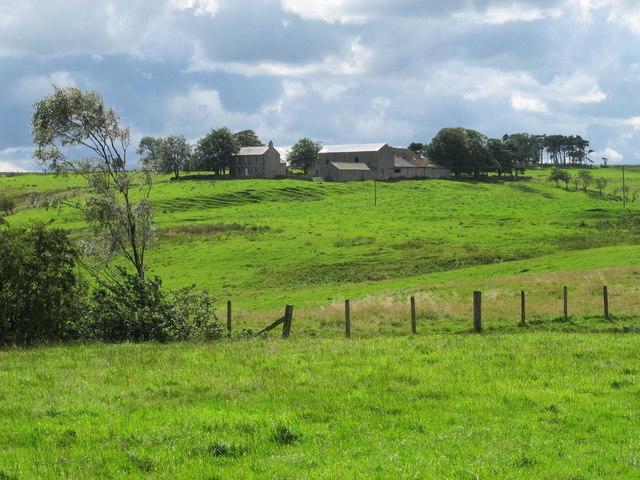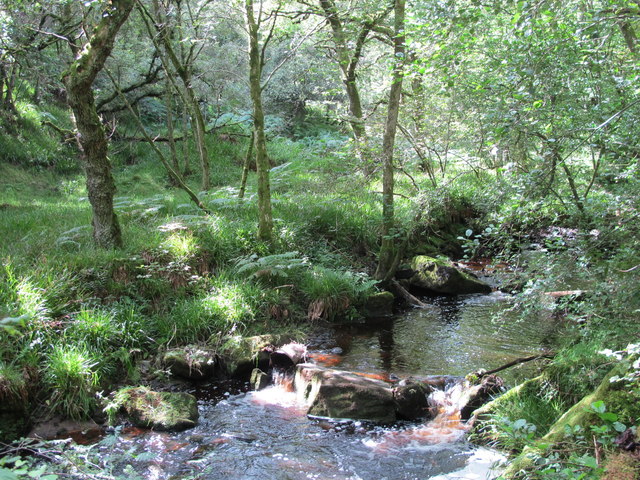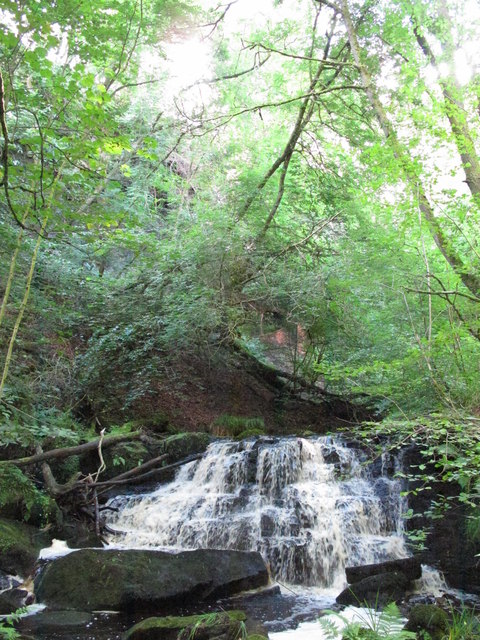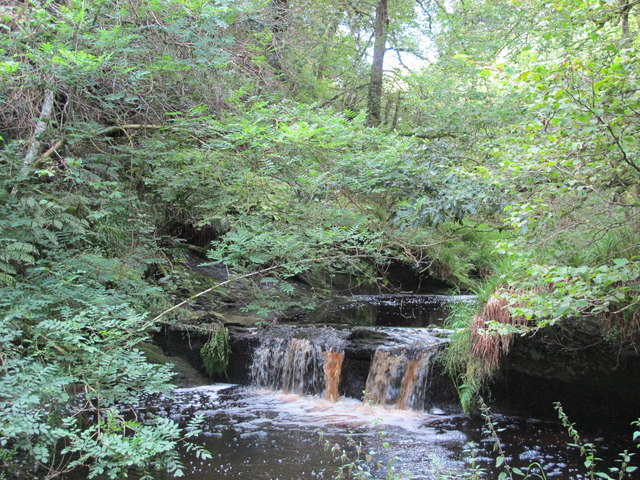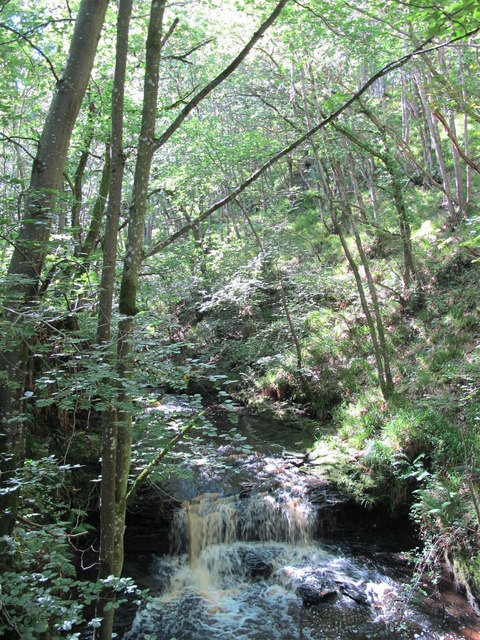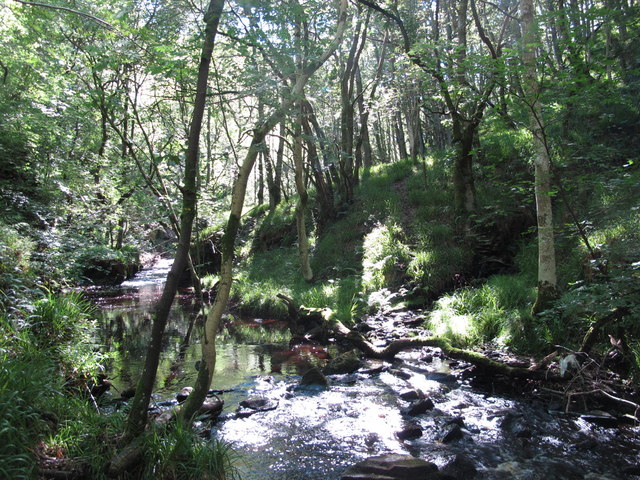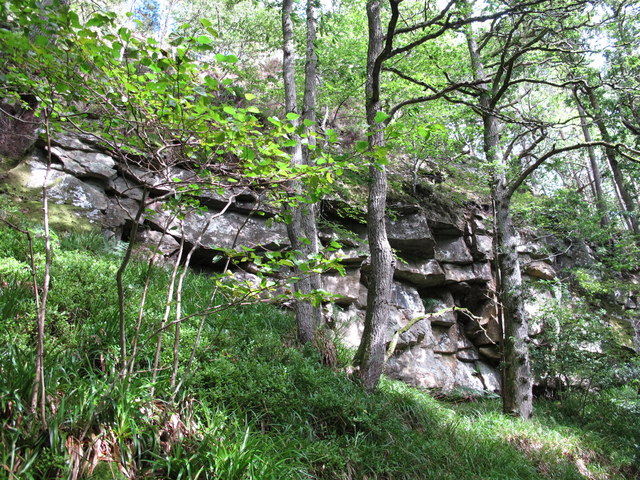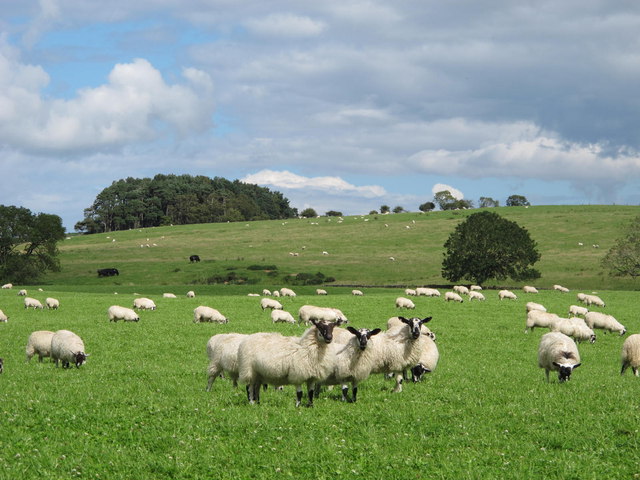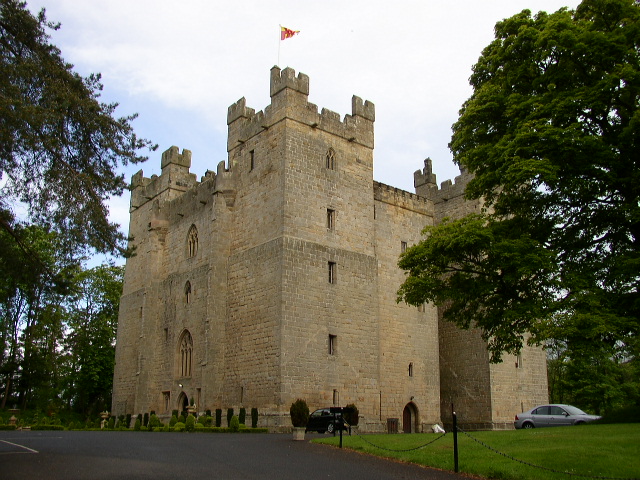Foulhoggers Plantation
Wood, Forest in Northumberland
England
Foulhoggers Plantation
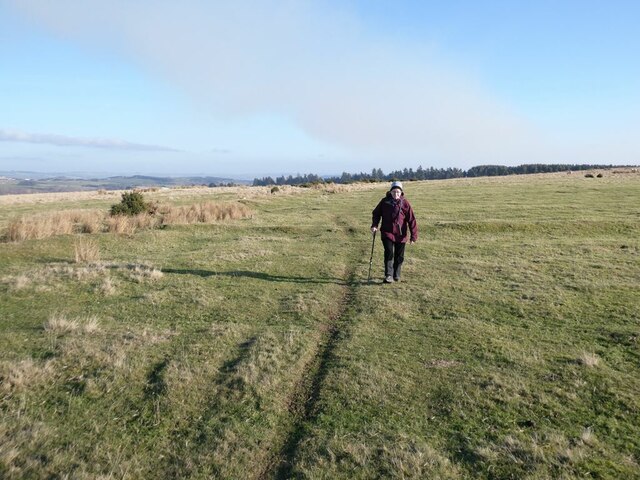
Foulhoggers Plantation is a woodland area located in Northumberland, England. Nestled in the heart of the county, this plantation spans over a vast expanse of land and is renowned for its picturesque beauty and rich biodiversity.
The plantation is predominantly covered by dense forest, featuring a variety of tree species including oak, beech, and birch, among others. These towering trees create a thick canopy, providing shade and shelter for the diverse range of flora and fauna that inhabit the area. The forest floor is covered in a lush carpet of moss, ferns, and wildflowers, adding to the enchanting ambiance of the plantation.
In addition to its natural beauty, Foulhoggers Plantation is home to an abundance of wildlife. Visitors may spot various species of birds, such as woodpeckers, finches, and owls, as well as small mammals like squirrels, rabbits, and foxes. The plantation is also known for its population of deer, which can often be seen grazing peacefully in the meadows surrounding the woodland.
The plantation is a popular destination for nature enthusiasts and hikers, offering a network of well-maintained trails that wind through the forest. These paths provide opportunities for visitors to explore the plantation's natural wonders, offering scenic views and tranquility.
Foulhoggers Plantation is not only a haven for wildlife and a recreational space for visitors, but it also plays a vital role in preserving Northumberland's natural heritage. Its ancient woodlands and diverse ecosystems contribute to the region's ecological balance and serve as a vital habitat for many endangered and protected species.
If you have any feedback on the listing, please let us know in the comments section below.
Foulhoggers Plantation Images
Images are sourced within 2km of 54.947685/-2.1815673 or Grid Reference NY8861. Thanks to Geograph Open Source API. All images are credited.
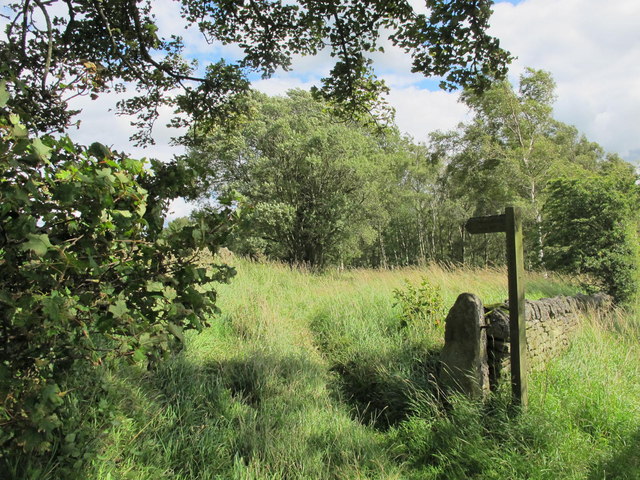
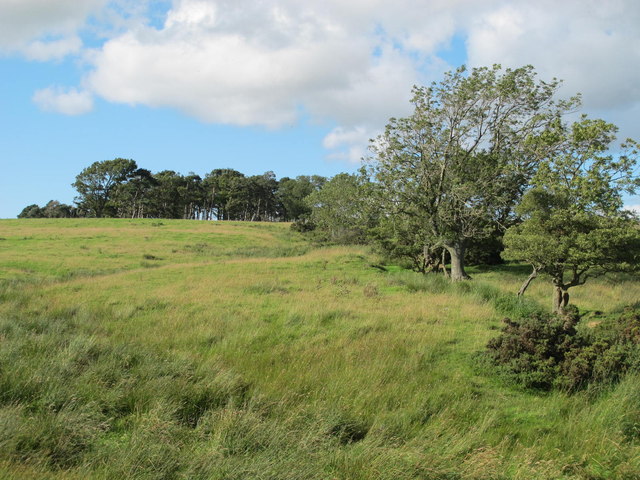
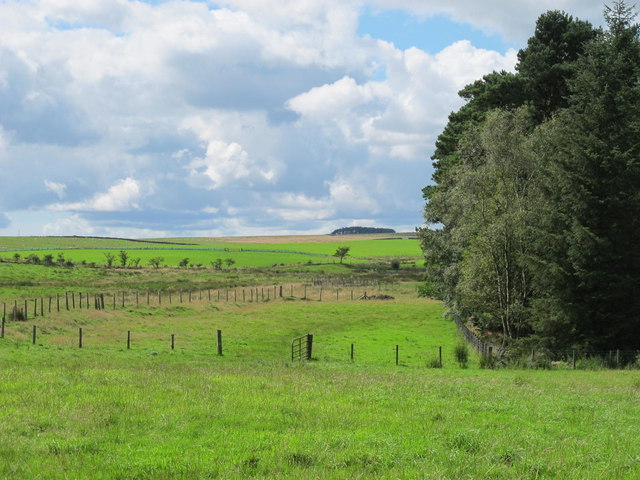
Foulhoggers Plantation is located at Grid Ref: NY8861 (Lat: 54.947685, Lng: -2.1815673)
Unitary Authority: Northumberland
Police Authority: Northumbria
What 3 Words
///sailors.albatross.tutored. Near Warden, Northumberland
Nearby Locations
Related Wikis
Elrington Halt railway station
Elrington Halt station is a closed stone-built railway station situated on a single-track branch railway line in Northumberland, England, that runs from...
St Joseph's Roman Catholic Middle School
St Joseph's Roman Catholic Middle School is one of the two middle schools in Hexham, Northumberland, England, the other being Hexham Middle School. The...
Queen Elizabeth High School, Hexham
Queen Elizabeth High School (QEHS) is a coeducational high school and sixth form located in Hexham, Northumberland, England. == History == The school was...
Langley Castle
Langley Castle is a restored medieval tower house, now operated as a hotel, situated in the village of Langley in the valley of the River South Tyne some...
Have you been to Foulhoggers Plantation?
Leave your review of Foulhoggers Plantation below (or comments, questions and feedback).
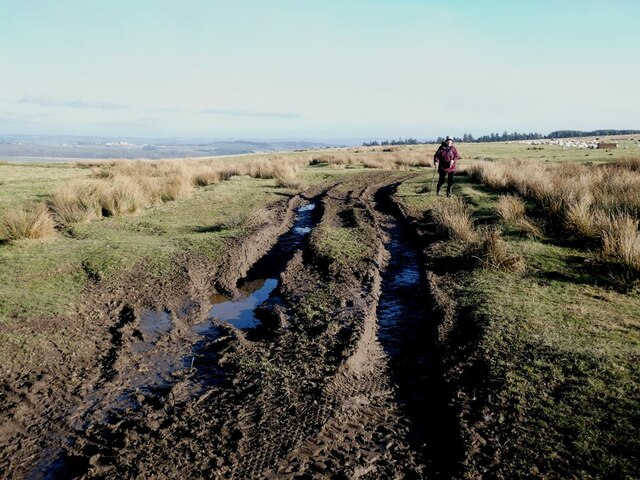
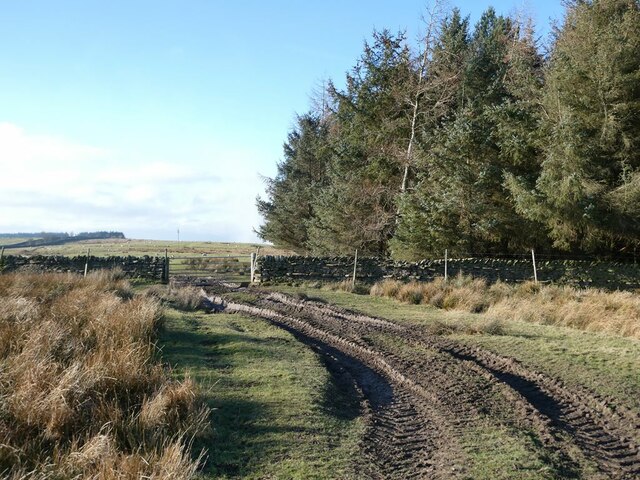
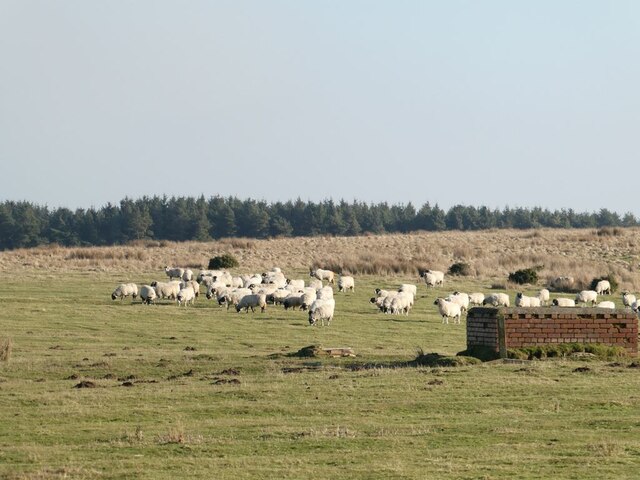
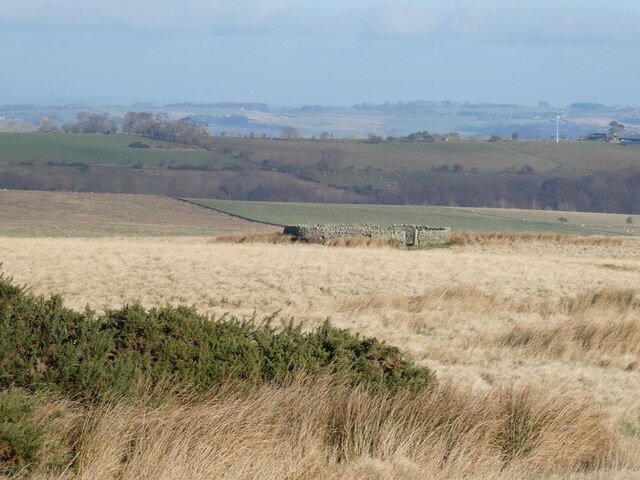
![Sheepfold above Green Ridge The valley of the West Dipton Burn in the middle distance, with Tynedale beyond. In the far distance, it is just possible to make out the turbines of the Green Rigg Windfarm [[NY9182].](https://s1.geograph.org.uk/geophotos/07/07/93/7079341_5a0ac714.jpg)
